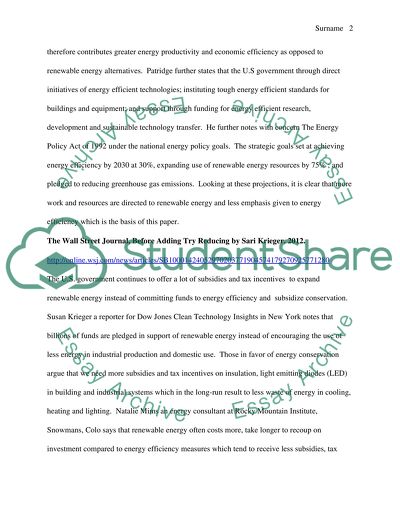Cite this document
(“Writing project Part 2 Essay Example | Topics and Well Written Essays - 2000 words”, n.d.)
Retrieved from https://studentshare.org/english/1490555-writing-project-part
Retrieved from https://studentshare.org/english/1490555-writing-project-part
(Writing Project Part 2 Essay Example | Topics and Well Written Essays - 2000 Words)
https://studentshare.org/english/1490555-writing-project-part.
https://studentshare.org/english/1490555-writing-project-part.
“Writing Project Part 2 Essay Example | Topics and Well Written Essays - 2000 Words”, n.d. https://studentshare.org/english/1490555-writing-project-part.


